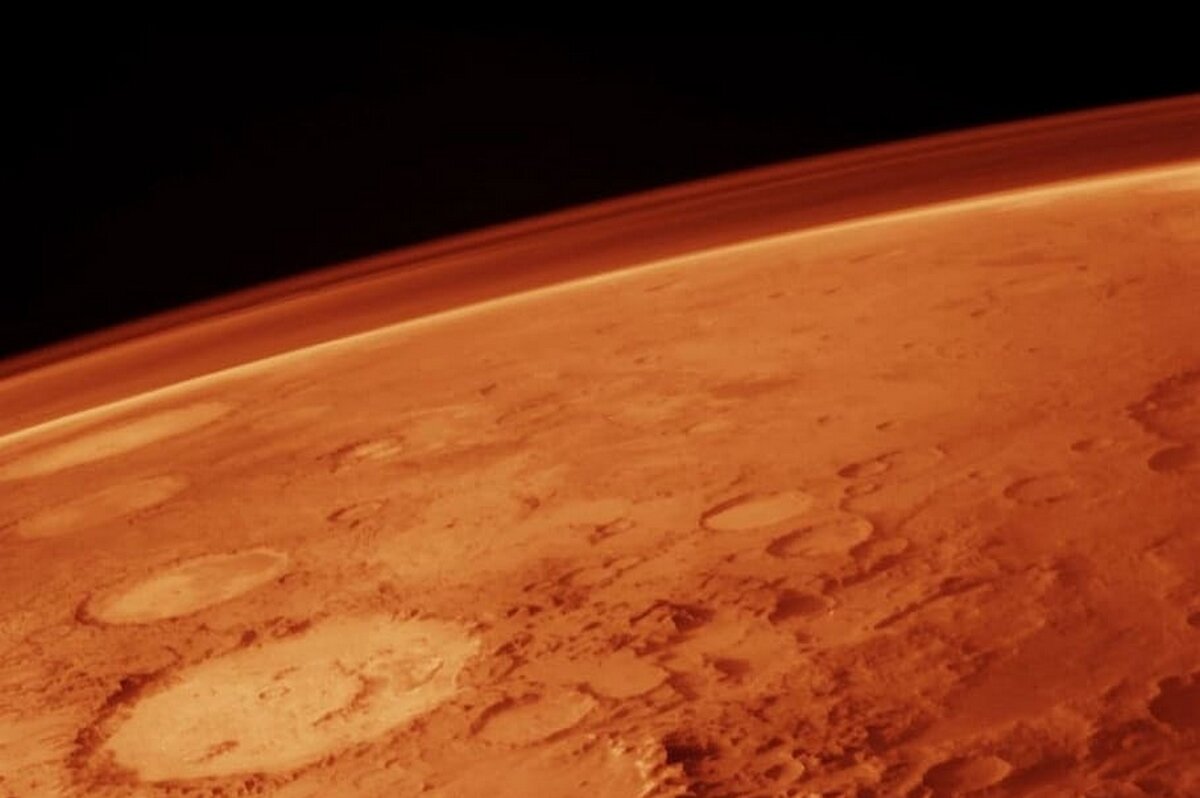A team of scientists from NASA's Jet Propulsion Laboratory (JPL) in California has determined that a single meteorite may have been responsible for creating billions of craters on Mars.
In addition to the 2.3-million-year-old main crater called Corinto, which is more than 13.8 kilometers in diameter, the impact created billions of secondary craters by releasing a huge cloud of rocks after hitting the surface, the US space agency reports. Futurism Based on an article in New Scientist magazine. These rocks then caused a chain reaction, creating more craters as they fell.
Matthew Golombek of JPL and his colleagues analyzed satellite images to estimate the number of craters caused by the explosion and concluded that Corinto created between 1.3 and 3 billion “secondary craters,” each at least 3 meters in diameter.
The research can help us understand complex geological processes on Mars and how the composition of the landscape and soils changed over time. This is a particularly important area of research currently, since we want to send astronauts there in the near future.
Dotted with billions of craters, the region covers a whopping 1.4 million square kilometers, which happens to include the landing site of NASA's InSight rover.
“Determining the number of secondary pits is important to better understand how a relatively small pit can eject so much material during the drilling process,” Golombek explained.
Other, much more recent meteorite impacts have led to similarly remarkable discoveries. In 2022, InSight detected a massive Martian earthquake, which turned out to be the result of one of the largest meteorites ever observed impacting Mars, about 3,200 kilometers from the lander.
The impact was so strong that it also brought chunks of underground ice to the surface.
Worth reading:












































